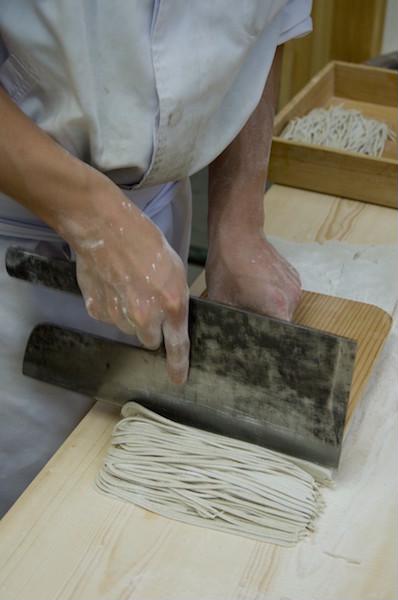An inn built on a hill slightly far from the onsen town
Takimi-kan is an inn, situated in a location with an outstanding view, located on the hill of Ginzan onsen(hot spring),
which is surrounded by the trees and one can also overlook a waterfall below their eyes.
The location is obviously situated far from the onsen town but it certainly compensates with peaceful and relaxing environment.
(The other inn, situated on the onsen town of Ginzan onsen, was built long time ago so, one can feel the space a bit narrower due to the limited built space.)
As for the access, there is a forked road before the onsen town,
so walk accordingly following the signboard over there and one can reach the destination in about 600 meters.
Room capacity: 14
1st floor: 8 rooms; 2nd floor: 6 rooms.
The price differs accordingly as per the type of the room and dishes served.
But, the most reasonable one is the room at 1st floor which costs 17,000 yen. (2 people for 1 room with 2 meals per day.)
The main features are the traditional Japanese styled room with tatami flooring, and as the windows are quite larger,
the scenery of the mountain in front looks very good.
Especially at the time of autumn leaves and winter snow, one can view spectacular scenery.
If you wish to sleep on a futon (bedding), it’s better to choose 1st floor room or you can ask for a futon at the time of reservation.
Excellent dishes made using ingredients from Yamagata itself
The dishes served change as per the season, every time 8 different dishes are served.
There are three grades of dishes, the standard is pottery grilled Yamagata beef (branded beef),
the second grade is Yamagata beef shabu-shabu (Japanese hot pot dish) and the best one is the Yamagata beef steak or Obanazawa beef steak.
The pride of this inn is the hand made soba which comes out with a sharp contrast.
This soba is made from local Obanazawa buckwheat at 28 (wheat flour 20%, buckwheat flour 80%), which is a soba with good thin throat,
goes well with soba noodle soup of discrete sweetness.
The present boss started making the soba as a hobby but now it seems the soba has begun to be served for dinner.
Also, one can judge the deliciousness of our soba just from the fact that, they opened a soba noodle shop near the onsen town only as per the request of their customer for lunch.
An unbroken view of the mountain from the open air bath
There are four onsens in total, 2 indoor and 2 outdoor onsens.
The indoor onsen is smaller in size which has the capacity of around 6 people. While, the outdoor onsen is slightly bigger in size.
The outdoor onsen comes with a roof but as it is situated on the hill it has the spectacular view as well.
Exactly on the same height of that of one’s eyesight, the mountain ridgelines are connected and one can enjoy the autumn red leaves at autumn season,
snowy landscapes at winter season.
Although there exists a male-female exchange system, at the initial check-in time one can see waterfall right below their eyes from the men’s bath area.
This waterfall namely “Shirogan falls” is 22m in height, is also the origin for the name of this inn.
This waterfall looks even more attractive from near, so we recommend you to visit it at your free time.
Don’t miss the romantic night view of Ginzan onsen
After dinner, from 8:15 pm onwards, the inn runs a bus to pick up the guest from onsen town.
The townscape of Ginzan onsen is famous for its beautiful snowy night view.
But of course, we recommend you to visit here as there are interesting factors on the other seasons as well.
Retro inns are lined up on both sides of the river with white walls and black roof tiles.
In addition to that, when it turns dark, you can see the light leaking from the window and also the fantastic cityscape by lighting up the whole onsen town.
About Ginzan onsen
The premises of Nobesawa silver mine, one of the three major silver mines in japan is the place, where we prospered by digging silver 450 years ago.
The hot spring that blew out of the river during the silver mining is the current Ginzan onsen.
'Oshin' boom or often called secret hot spring has winter landscapes of Taisho period.
 JAPAN Travel Concierge
JAPAN Travel Concierge







